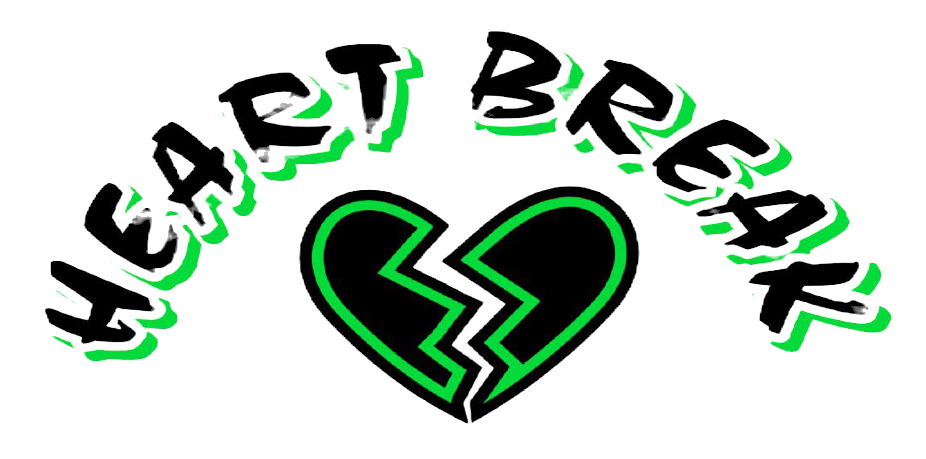
Industrial waste management is a critical component of maintaining a sustainable environment and ensuring public health. Businesses like Heartbreak Industrial play a vital role in managing and disposing of waste efficiently, helping industries meet regulatory requirements while reducing their environmental footprint.
What is Industrial Waste?
Industrial waste includes any material discarded as a byproduct of industrial activities. This can range from chemicals and metals to byproducts like oil and construction debris. Industrial waste can be classified into two main categories:
Hazardous Waste: Waste materials that pose a risk to health or the environment due to their toxic, flammable, or corrosive nature.
Non-Hazardous Waste: Materials that do not pose immediate risks but still require proper disposal to prevent environmental harm.
Steps in Industrial Waste Management
Assessment: Identifying the type and quantity of waste generated.
Segregation: Separating hazardous from non-hazardous waste.
Collection: Using specialized equipment, such as roll-off containers and vacuum tankers, to transport waste securely.
Treatment: Utilizing methods like recycling, incineration, or chemical treatment to minimize the waste's impact.
Disposal: Safely depositing treated waste in designated facilities.
The Role of Heartbreak Industrial
Heartbreak Industrial employs state-of-the-art equipment and experienced professionals to provide tailored solutions for waste management. From vacuum trailers for liquid waste to roll-off containers for solid debris, their services ensure safety, efficiency, and environmental compliance.
